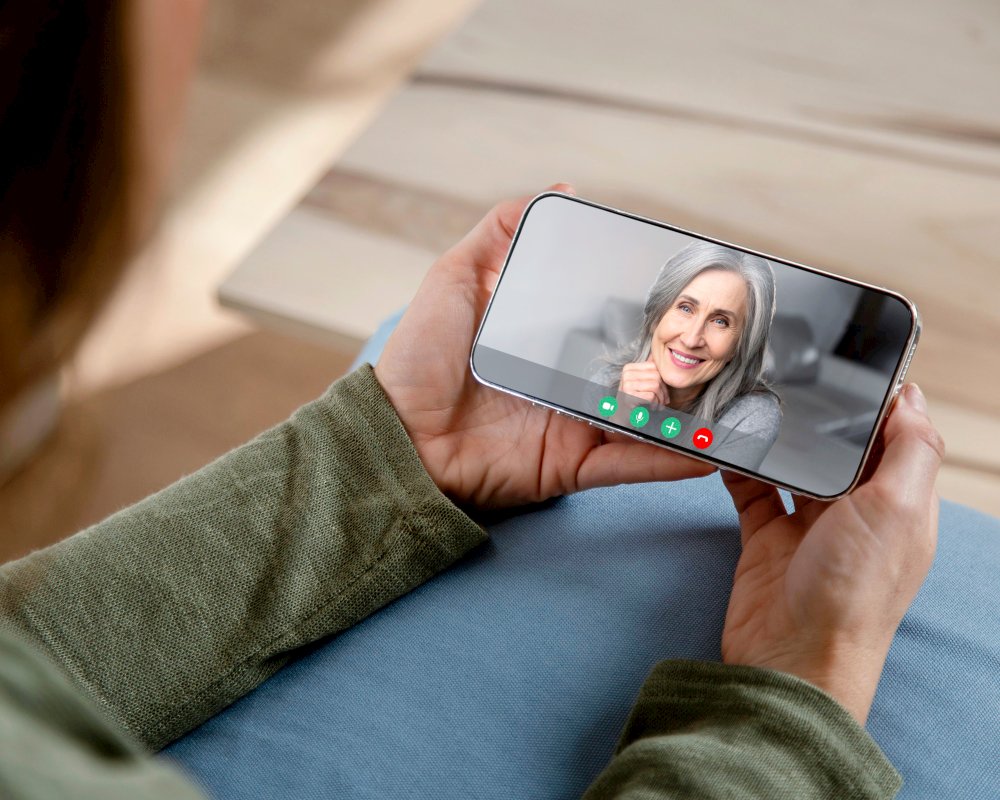Short-form e-learning video is ideal in today’s fast-paced learning environment. Online educators find that short, mobile-friendly video content offers the best way to engage learners. Humans are becoming used to consuming content in short bursts and some research shows that attention spans are getting shorter. Social media platforms offer videos of 15 seconds to two minutes to appeal to younger audiences. Most of them will only watch an entire video if it’s less than 60 seconds in length.

Modern learners prefer short-form video content
A study tested two groups of learners, with one group receiving 55-minute lectures and the other a series of short video clips. The short-video group showed 24.7% more engagement and scored 9% higher on tests. There’s little doubt that short-form video content works best in the current e-learning environment.
- Learners can watch short video content on their mobile devices whenever they have some spare time and in any location. This suits learners with busy schedules who don’t have long time periods available for learning.
- Visual hooks, telling stories and using graphics help to grab attention and pull viewers in immediately.
- Learners can understand even difficult topics when educators break them down into smaller pieces.
- Short-form content is easy to share. Learners can easily share helpful tips, etc., with others. They can learn more through interaction and discussion. It also promotes reach beyond an immediate audience.
Using the right video hosting platform allows online educators to successfully host, organize, and share short-form video content. Cincopa’s platform integrates with the learning management systems (LMSs) online educators use to offer learners a seamless learning experience.
Benefits of short-form video in marketing and instruction
1. Easy to create at a low cost
Creating long videos is time- and money-intensive. Short videos don’t need as much effort to create and are effective as long as they promote learner engagement. It is also easier to produce content more frequently and experiment with different video forms.
Duolingo has almost 17 million followers on TikTok. The short videos of the Duolingo owl being tossed down the stairs and sitting outside on a rainy day are shot with a smartphone and don’t have fancy lighting or camera angles. The caption reads, “When you ignore my notifications.” It’s simple and effective, playing on what people were joking about on social media concerning its ‘threatening’ notifications.
2. Time-saving and accessible
Time is precious and short-form videos provide the information learners need quickly and when they need it. Mobile video learning can happen from anywhere and at any time. This is not only convenient for learners but also means that marketers can repurpose their content for all the platforms their learners engage on.
3. Give learners what they want
Short-form videos help marketers to give learners what they want. They don’t want to watch long, boring videos, but they will spend time watching content if it meets their interests. Producing the type of content they’re searching for offers a higher likelihood of them engaging with it.
4. Relatable and authentic
Short-form content that showcases learner testimonials or ‘a day in the life of…” can make it easier for learners to relate to educational institutions. They appear more authentic and human when learners can see faces and relate to other learners.
5. Promotes communication and interaction
Short-form videos can attract new learners but they can also help with communicating with current learners. Updates and announcements via video messaging can make learners feel more involved and connected.
Examples of short-form content for e-learning
Microlearning video content focuses on a specific topic and usually lasts between two and five minutes.
Whiteboard animation
In this type of content, the instructor’s hand can draw out concepts with a voiceover recording for narration. This combines audio and visual, which makes it ideal for complex topics such as compliance or security training.
Interactive quizzes
Online educators can create quizzes using multiple-choice questions that test learners on the main points in videos. Gamifying quizzes with the use of points and leaderboards gives learners more motivation.
Live-action video
A subject matter expert can do a live demo of a topic with live streaming to the screens of learners. Editing the live stream into video snippets for training that go into a video library offers ongoing value to learners.
FAQ clips
These clips address the questions learners ask most frequently about a specific topic and provide clear answers. Learners no longer have to go through long text-based FAQs.
Course tips
Short-form videos can offer valuable advice or insights related to a course. They can address common issues and offer practical solutions.
Highlight reels
Online educators may use highlight reels to show what sets their offerings apart. For example, they may create a highlight reel of some of the best moments in a longer video or of a learner’s achievements.
Daily learning bursts
Hosting corporate training videos in easily accessible learning portals for on-demand access means that e-learning is available exactly when employees need it. They can access videos in the course of their daily workflow and learn in short bursts.

Best practices for scripting, editing, and distributing short-form content
Online course creators and marketers don’t need to have a high-end production team or costly equipment to create compelling content. They can create engaging content with a smartphone by focusing on storytelling.
Scripting and editing of short-form content
Develop clear learning objectives
Online educators must have clear and measurable objectives. Knowing this helps to guide them when creating a script. It will be clearer and more concise when they know what they want learners to achieve.
Create content for different stages of the learner journey
Short-form videos can serve different purposes at different stages of the learner journey. They can introduce a course or share learner experiences. A short-form Q&A video is useful for learners who are already enrolled.
Use interactive elements and multimedia
Interactive elements such as quizzes and polls mean that learners actually have to do something rather than watching passively. This helps them to retain information so they can apply it.
When using multimedia, online educators can appeal to different learning styles. Some learners will respond more to some elements than others.
Make short-form videos accessible and inclusive
This may include making content compatible with screen readers and providing captions and transcripts so those with hearing disabilities can access them. Online educators can localize e-learning videos to make them accessible to global audiences who come from different cultures.
Consider real-world relevance
When e-learning providers connect theory to real-world applications, learners find it more relevant and retain more. They can use scenarios in videos where learners have to make certain decisions. For example, in a safety video they may be presented with a scenario and have to offer the best solution.
Encourage collaborative learning
Forums and discussion groups where learners discuss short-form video content can help them to learn and create more of a sense of community.
Include regular feedback
Regular constructive feedback through the use of short-form content like quizzes and assessments helps learners to gauge how much they understand. This means they can work on the gaps in their knowledge.
Provide a clear call-to-action
A call to action shows learners what to do next once they finish watching the content.
Distributing short-form content
- Online educators can embed short-form videos on websites, include them in email marketing or share them on social media.
- Social media platforms prioritize short-form video content in feeds. This means that when online educators use this type of content, they can reach wide audiences.
- On platforms like TikTok, it helps educators to be aware of current trends. They can align their content with these trends for more engagement.
The Cincopa video hosting platform offers advanced analytics so online educators can assess how short-form content is performing and make informed decisions on how to improve it.
Conclusion: Capture attention, deliver value, and drive conversions
Online educators can use short-form e-learning video for many different purposes. It can help them to introduce their courses and attract new learners. They can provide video libraries for learners with on-demand content so learning never stops. On the Cincopa home page, online educators can sign up for a free trial and explore what the platform offers for creating and managing short-form video libraries.








